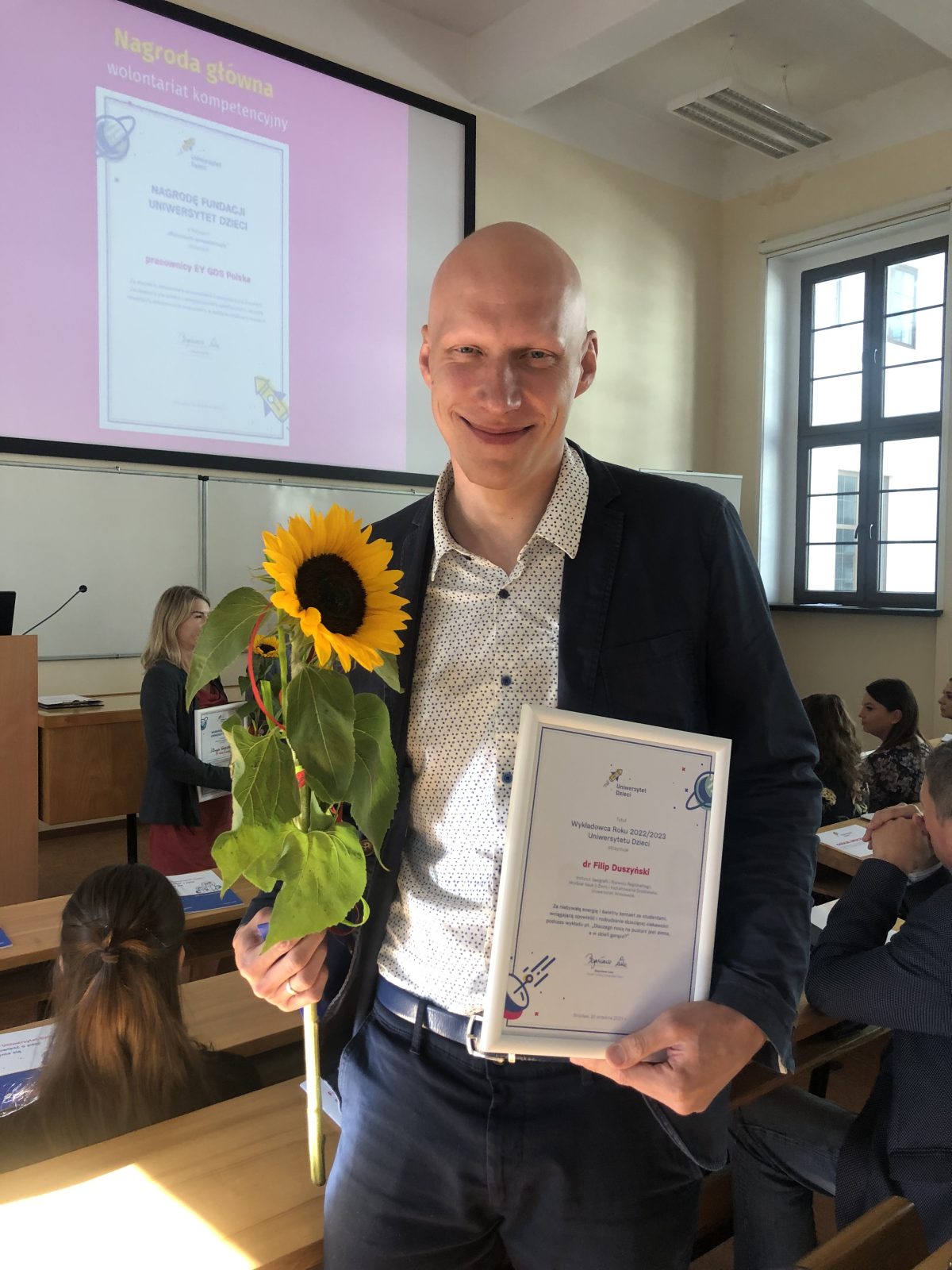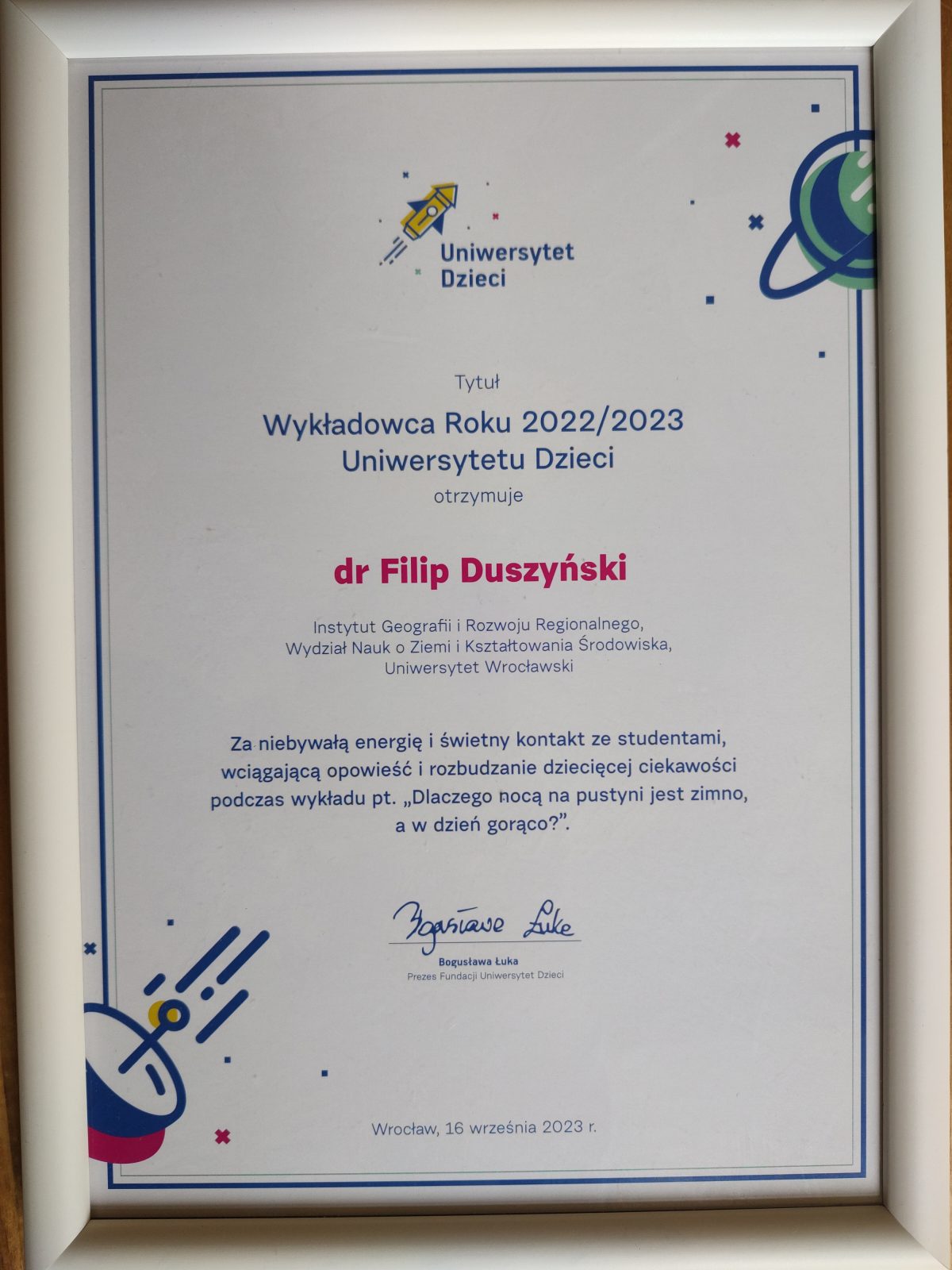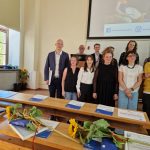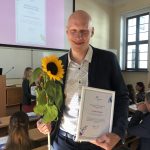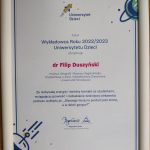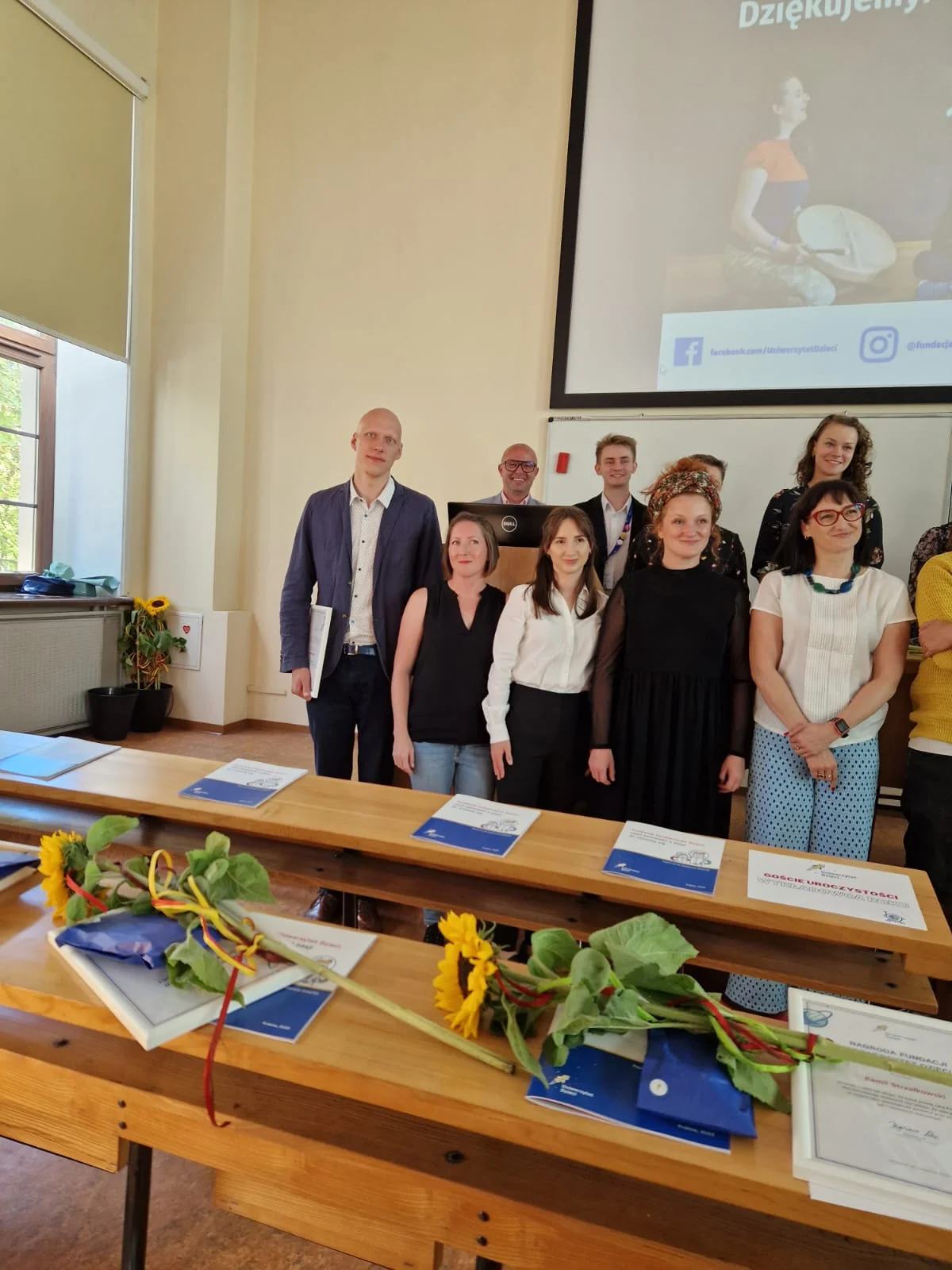
Dr Joanna Wątły and dr Filip Duszyński winners of the category Lecturer 2023 at the Children’s University
On 16 September 2023, dr Joanna Wątły, assistant professor in the Department of Biological and Medicinal Chemistry of the UWr Faculty of Chemistry, and dr Filip Duszyński, assistant professor in the Department of Geomorphology of the UWr Faculty of Earth and Environmental Sciences, won the title of ‘Lecturer of the Year 2022/2023’.
The competition for lecturers of scientists participating in the Children’s University project has been organised for more than a dozen years. The 2022/2023 edition of the Children’s University was attended by more than 92 000 students and 5200 teachers. This year’s finale was held at the University of Life Sciences in Wrocław.
Congratulations!
photo: Andrzej Baworowski
Summary and conclusion of the workshop by dr Joanna Wątła
Workshop topic ‘Why does the bath ball sparkle?
The aim of the workshop I led for the youngest Discovery students (6-7 years old) was to understand why a bath ball dropped into water instantly bubbles up, causing a million tiny playing bubbles to appear. Performing two simple experiments in the first part of the workshop allowed the youngest experimenters to answer the research question, What actually makes a bath ball sparkle? The experiments using everyday products such as baking soda, vinegar, Coca-Cola and Mentos candies aroused great curiosity and excitement. The young researchers’ observation of the release of a multitude of gas bubbles during the reaction, which either filled a balloon attached to the bottle or caused the liquid to be pushed out of the bottle in the form of an extremely spectacular geyser, proved to be the perfect way to understand the issue presented during the workshop – after learning about the ingredients of the bath ball, a forest of children’s hands appeared, knowing the answer to the question posed in the workshop topic.
The students’ independent production of beautiful, fragrant and colourful bath balls was combined with the utmost research precision and observance of all safety measures in the chemistry laboratory. The experiment was a serious challenge for the youngest experimenters, which they mastered perfectly. Testing the bathing ball aroused great excitement and curiosity as to whether such a self-made ball would actually ‘work’ (…I make no secret of the fact that this is also a suspenseful moment for the instructor…). The enthusiastic experimenters were not disappointed, the ball thrown into the water immediately began to bubble and it was no longer a mystery as to why this was happening! At the end of the activity, the students were given instructions to make their own bath balls at home, from products they find in the kitchen, which caused great joy (…as well as immediately devising a plan on how to make a lot of them ?)
The groups of children I had the pleasure of working with were extremely engaged, curious about the experiments and wonderfully independent! Each class made me optimistic that just a few years old children are so interested in chemistry, nature and everything going on around them! It is an amazing experience seeing how small things can arouse such enormous curiosity! Children’s University is an amazing initiative that shows that it is worthwhile to develop a passion for science among the very young. The award is a huge distinction for me, reflecting the sincere appreciation of the children, and I make no secret of the fact that the next workshop could be quite a challenge, which of course I would love to take on.
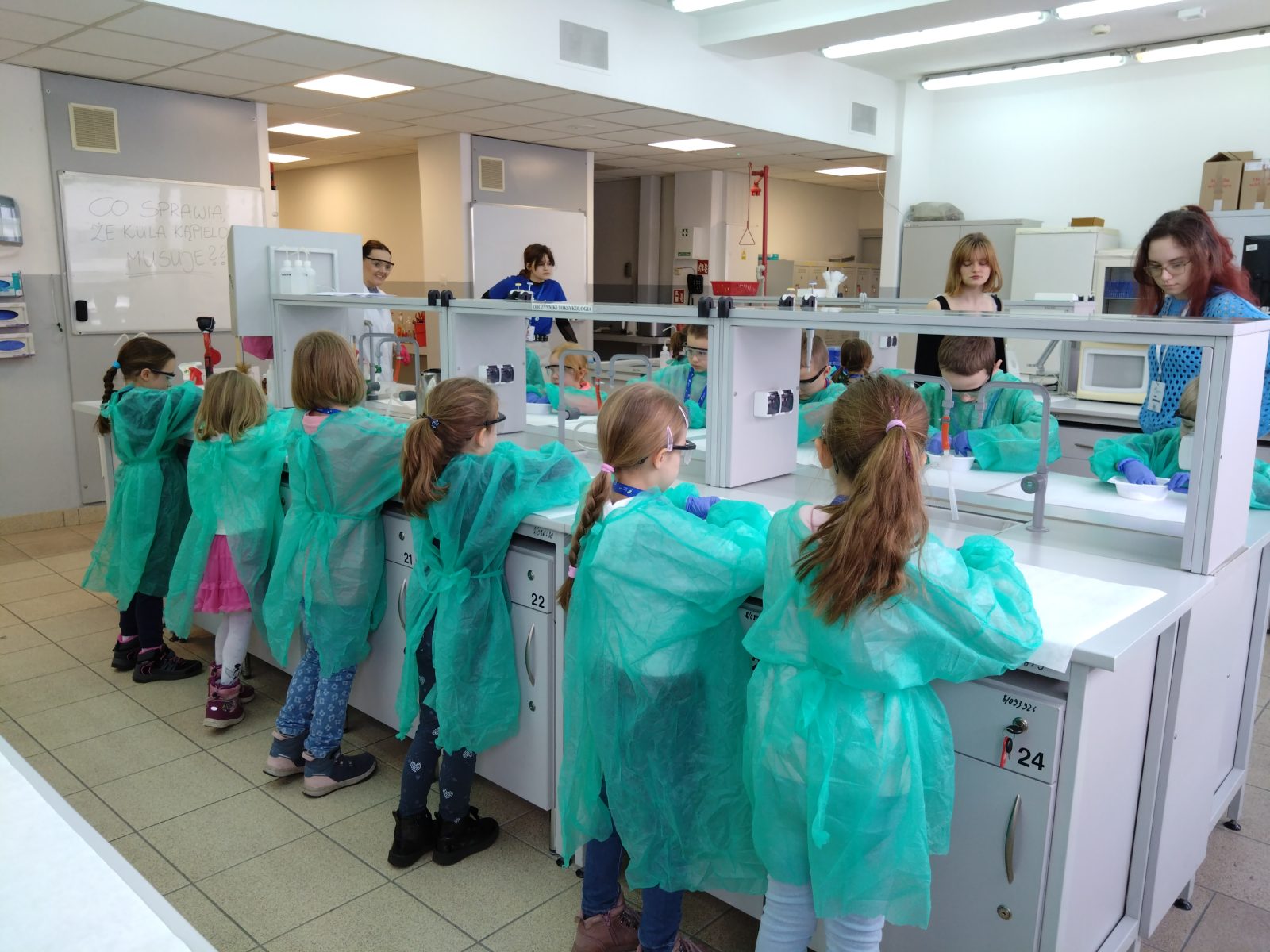
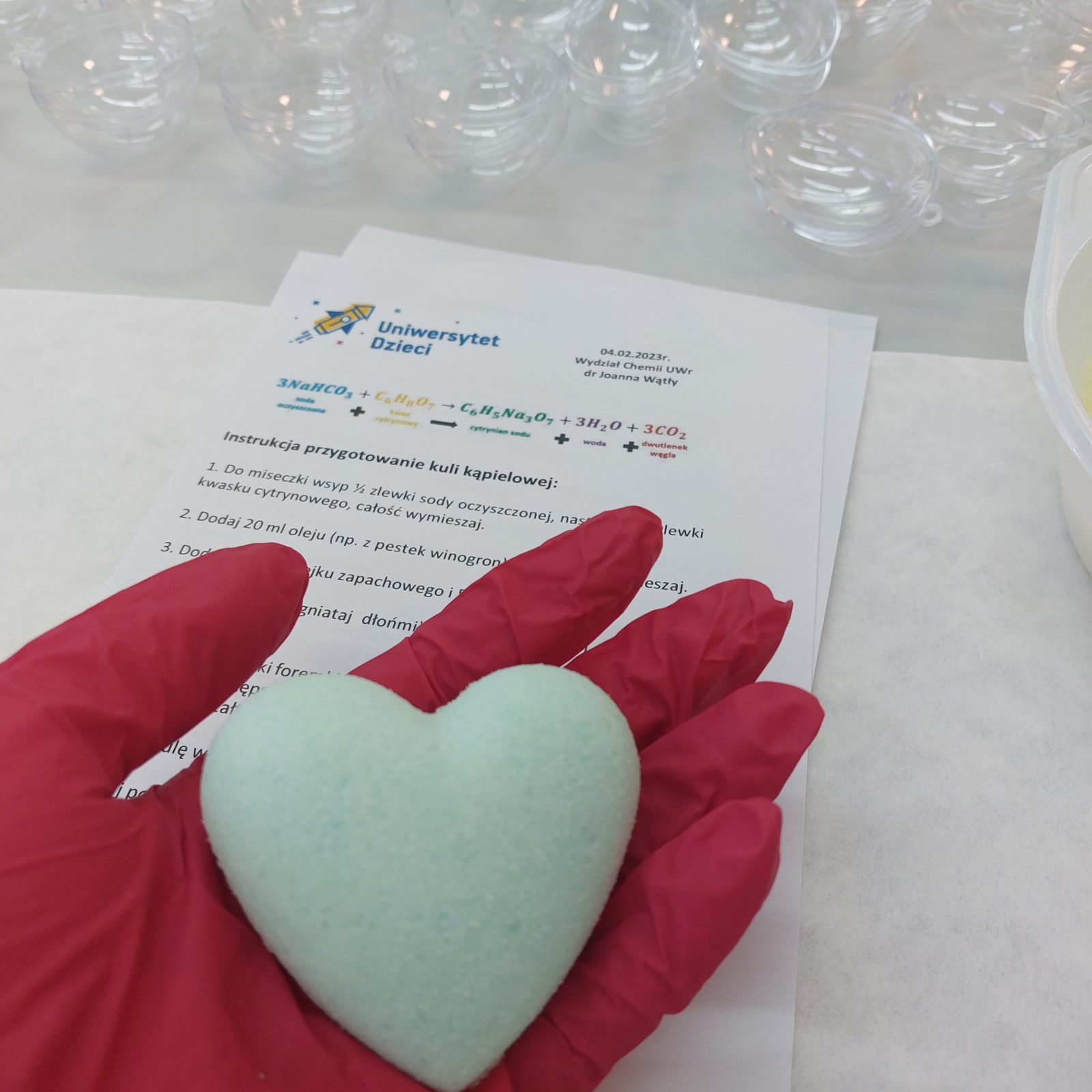
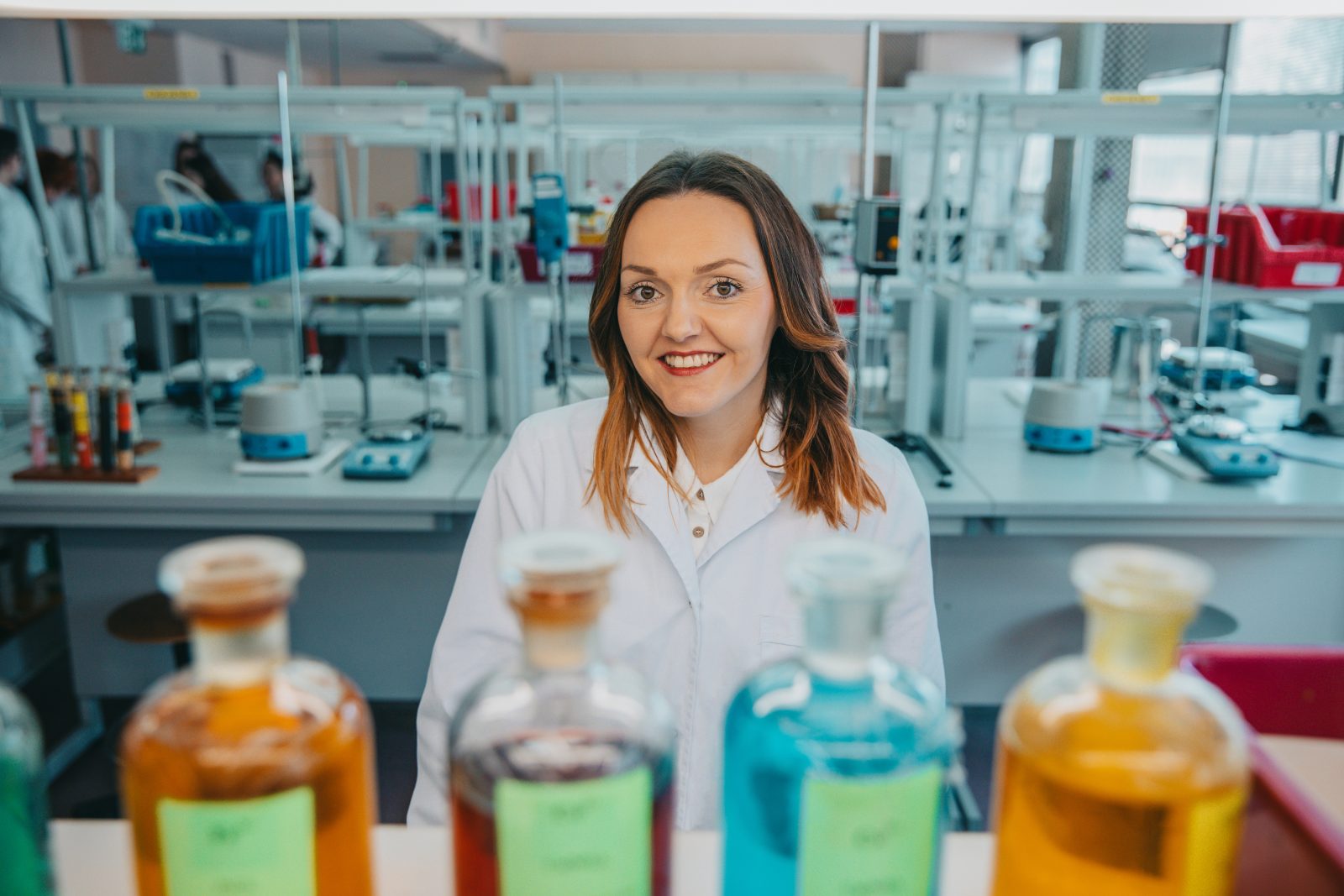
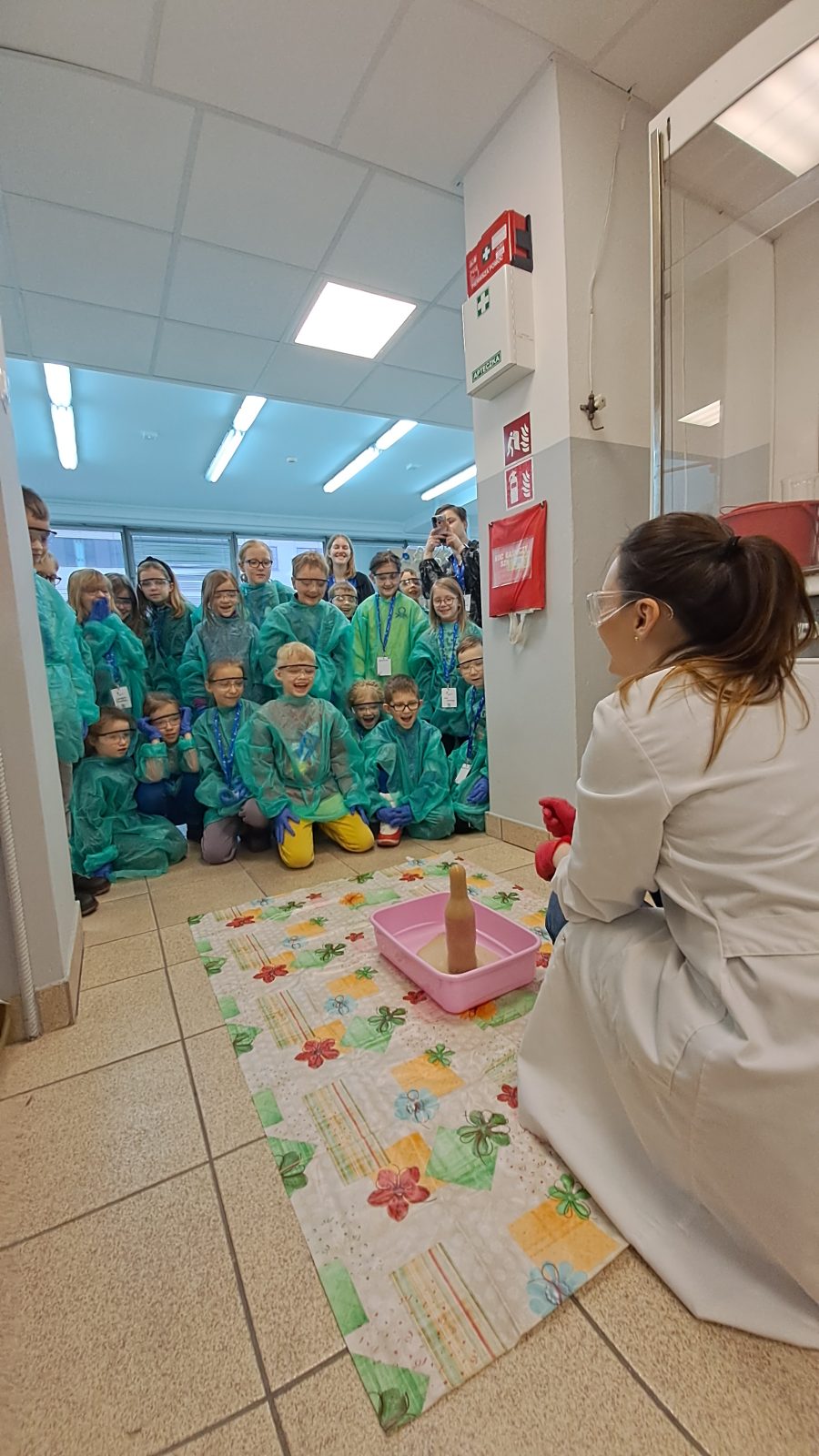
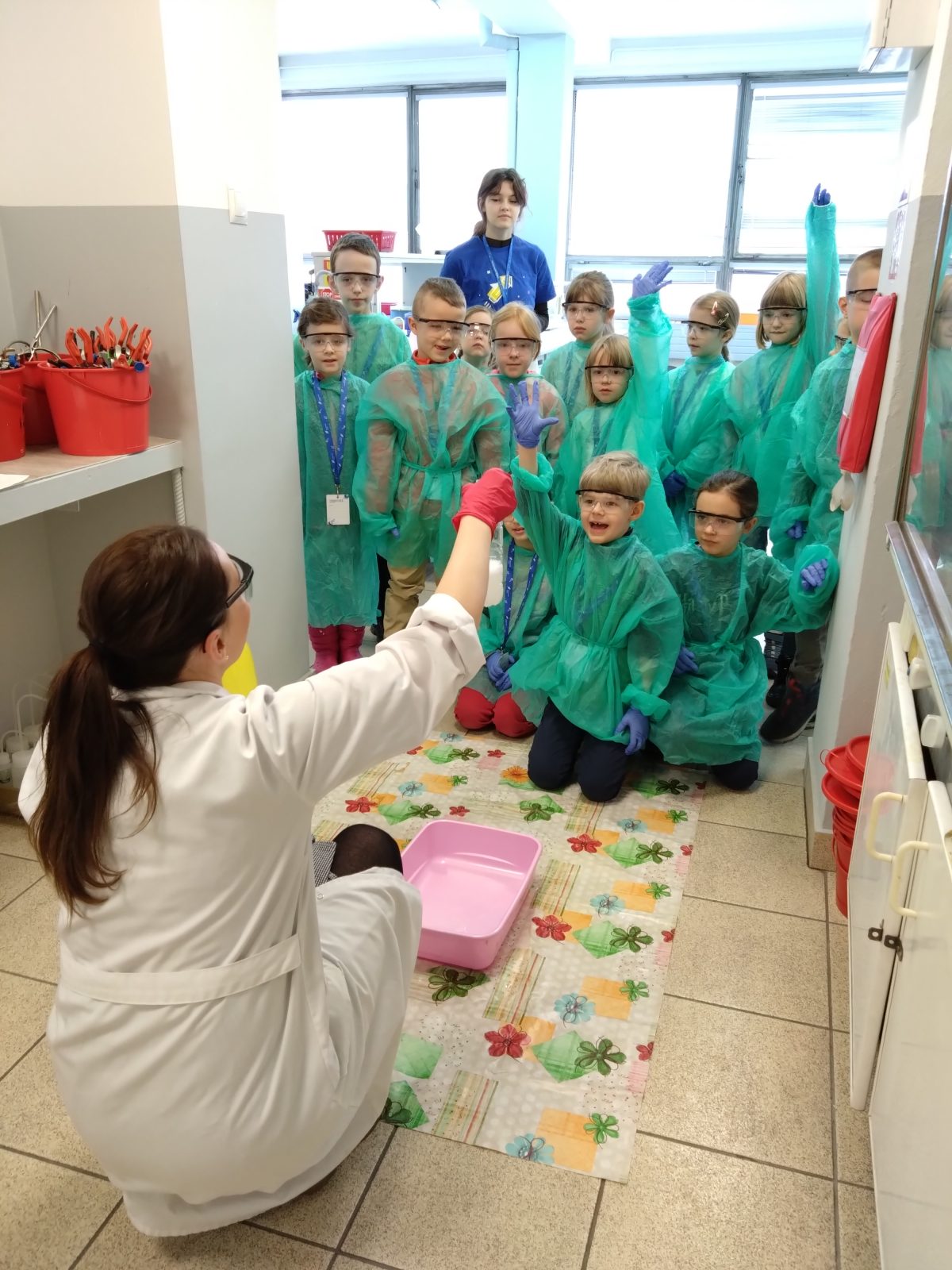
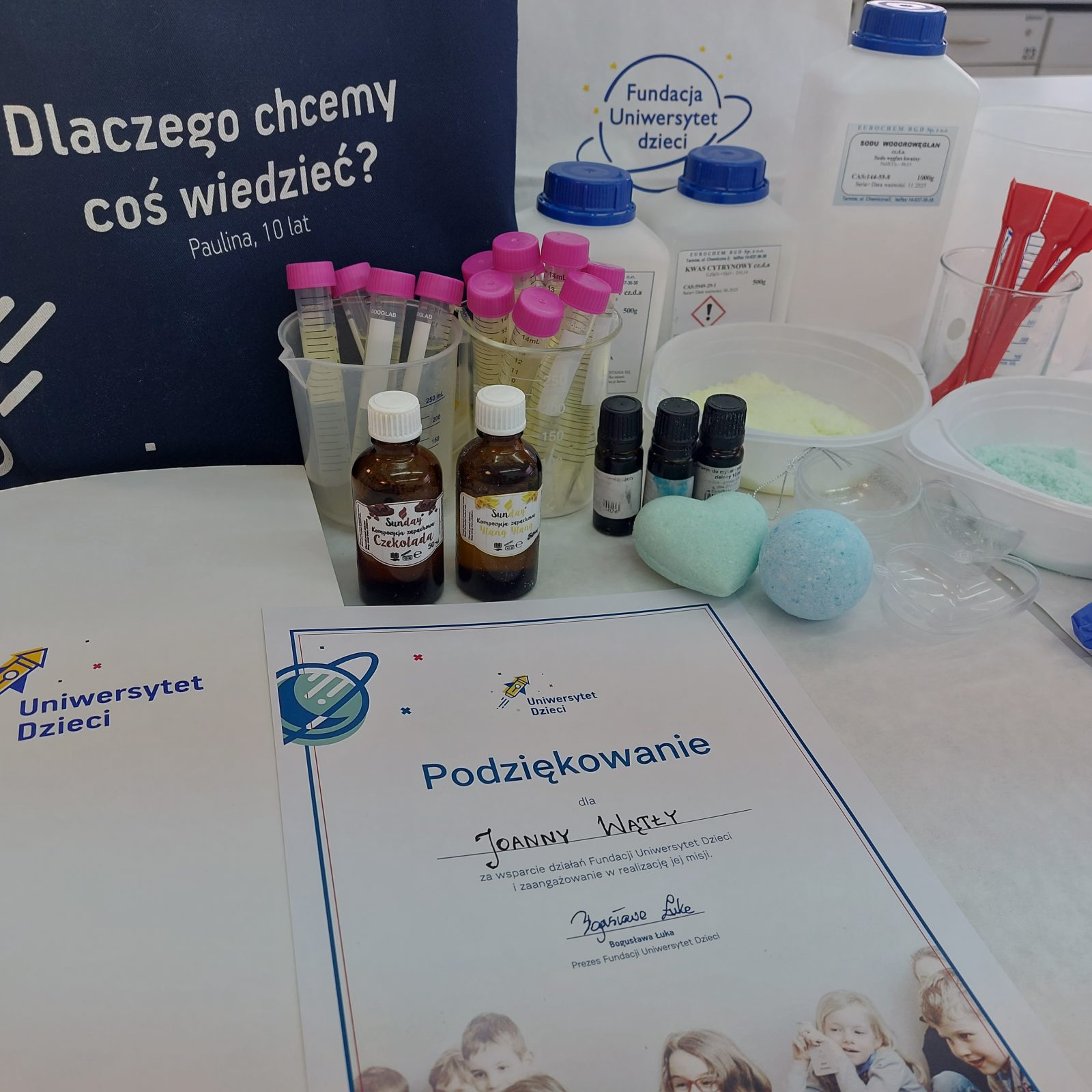
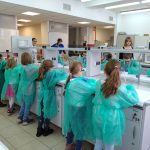
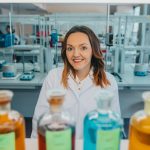
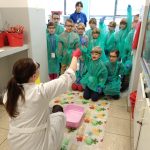
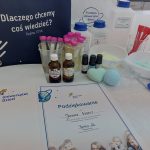
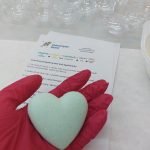
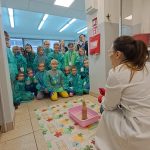
Summary and conclusion of the lecture by dr Filip Duszyński
The topic of the lecture was desert environments, and the answer to the intriguing question posed in the title was only part of a broader story about the characteristics, formation, distribution and functioning of deserts on our planet. From the very beginning, the young listeners were faced with the difficult problem of defining what a ‘desert’ actually is and whether landscapes without ‘classic’ sand dunes also deserve this name. Although things only got more difficult as dr Duszyński discussed with the children whether the distribution of deserts around the world is governed by some kind of natural regularity, the listeners did not stop in their efforts to find solutions. It quickly became apparent that the bright minds of the Children’s University audience understood the connection between the occurrence of deserts and certain climatic zones on Earth, the presence of cold sea currents or the existence of powerful orographic barriers. Thanks to a carefully designed homework assignment (in collaboration with Children’s University staff) – which involved the children recording meteorological conditions in Wrocław in the days preceding the lecture – explaining the wide variation in temperature in deserts between day and night turned out to be… child’s play. The lecture ended with a hail of questions from the audience, covering a wide range of topics from geography to geology to how animals and plants function in the extremely inhospitable desert environment.
Presenting a lecture to children is a source of great satisfaction, but it is also quite a challenge. On the one hand, the enthusiasm of the children and their willingness to actively participate in the lecture are a great joy. On the other hand, preparing a story that is interesting and accessible enough to really arouse this enthusiasm in children requires solid preparation and an expenditure of energy many times greater than in standard classes for adult students. I have been positively surprised to see such a high level of knowledge and interest from children just a few years old. The lecture at the Children’s University reaffirmed my conviction that, as teachers and lecturers, we must not forget our primary mission: to arouse a desire among children and students to understand the world.

